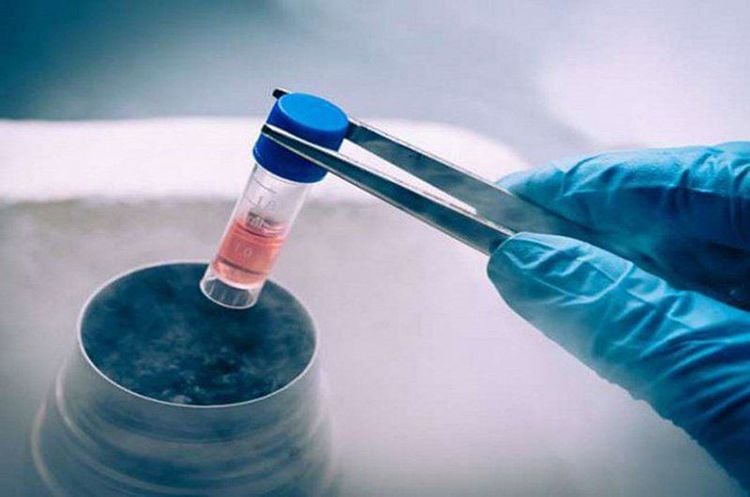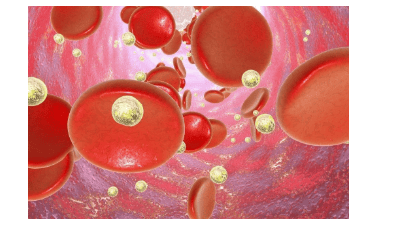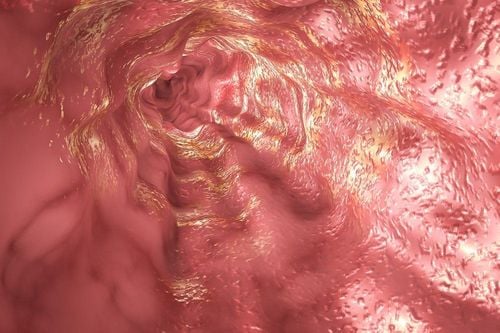This is an automatically translated article.
Krabbe is a relatively rare disease. Diagnostic criteria for krabbe disease are usually based on blood tests or a biopsy of skin tissue. Treatment for krabbe disease is primarily about alleviating symptoms and increasing quality of life.
1. Diagnostic criteria for Krabbe .'s disease
To diagnose Krabbe disease, your doctor will first conduct a physical exam to identify symptoms. The testing technician will take a blood sample or skin tissue biopsy and send it to a lab for analysis. The lab can check the GALC enzyme activity in the sample. If GALC activity levels are very low, a child may have Krabbe disease. In addition, the following tests may also be performed as diagnostic criteria for Krabbe disease:
Scanning imaging (MRI) of the brain to look for abnormalities; Nerve conduction studies to measure the speed at which electrical impulses are sent through the nervous system; Eye exam to look for signs of optic nerve damage; Genetic testing to detect the genetic defect that causes Krabbe disease.

Phân tích máu hoặc mô da để chẩn đoán bệnh Krabbe
2. Is krabbe disease curable?
Currently there is no cure for Krabbe disease. However, the following treatments can help patients relieve uncomfortable symptoms:
Anticonvulsants to stop seizures; muscle relaxants (to help relieve muscle spasms); Physical therapy to help slow muscle deterioration.
Studies have found 2 types of surgery can have some effect on the progression of Krabbe disease, rather than just treating the symptoms: Bone marrow transplant (also called hematopoietic stem cell transplant) ) and cord blood cell transplantation. During these surgeries, a person with Krabbe disease receives cells from a healthy person. The new cells can make the enzyme GALC, which the patient cannot make on their own. Both of these surgeries have certain advantages and risks, so it should be considered before deciding to apply, specifically:
2.1. Marrow Transplant Healthy adults donate a portion of hematopoietic stem cells from bone marrow to a child with Krabbe disease. The best results are available only in patients with late-onset Krabbe disease who are treated before severe symptoms appear. This is not particularly effective in infants with early-onset Krabbe disease and when symptoms are evident.
2.2. Cord blood transfusion The doctor will infuse cord blood stem cells into the patient. Those cells were obtained from the umbilical cord of a donor who is not related to the patient. However, this surgery has also been shown to only help patients who receive treatment before symptoms appear.

Truyền máu cuống rốn chỉ có tác dụng tạm thời
3. What is the treatment outlook for Krabbe disease?
The outlook for treatment of Krabbe disease is very poor because usually, infants with Krabbe disease will die before the age of 2 years. Children with the disease after this interval will live a little longer, but usually die between 2 and 7 years after diagnosis.
4. How can Krabbe disease be prevented?
If both parents carry the genetic defect that causes Krabbe disease, there is a 25% chance of passing the disease on to their child. The 25% risk cannot be lower if both parents carry the gene mutation. The only way to avoid the risk is to decide not to have children. However, parents can find out if they carry the Krabbe disease gene through a blood test. If there is a family history of Krabbe disease, prenatal tests may be done to screen the fetus for the condition. Genetic counseling is recommended for people with a family history of Krabbe disease if they are considering having children.
Krabbe disease is a rather dangerous disease and currently has no cure. Therefore, to ensure the health of their children, parents need to carry out all necessary tests to detect pathogens and genetic mutations to avoid serious consequences. regret later.
To register for consultation and medical examination at Vinmec International General Hospital, you can contact Vinmec Health System nationwide or register online HERE.
References: Mayoclinic.org, healthline.com













